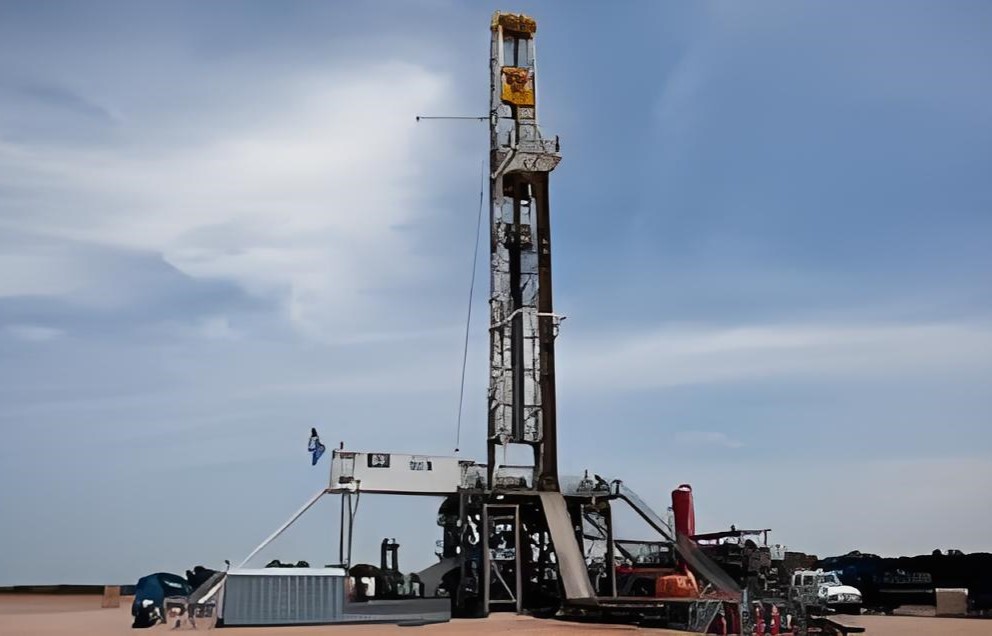A possum belly on a drilling rig is a critical component of the mud circulation system. It is a large, metal container located beneath the shaker screens, where drilling fluid (mud) is collected after being processed by the shale shakers. Here's what you need to know about it:

1. Function:
The possum belly receives the processed mud and serves as an intermediary container before the mud is pumped back into the circulation system. It ensures that the fluid is evenly distributed and helps prevent air from being introduced into the mud, which could cause inefficiencies in the drilling process.
2. Design:
The possum belly often has baffles or compartments to help mix the mud and remove air. It may also include piping connections to allow mud to flow into desanders, desilters, or other downstream equipment.
3. Importance:
- Ensures smooth mud flow and efficient circulation.
- Reduces air entrainment in the drilling mud.
- Acts as a buffer to regulate mud flow rate to the pumps.
In essence, the possum belly is a vital part of maintaining a stable and efficient drilling fluid system on a rig.




